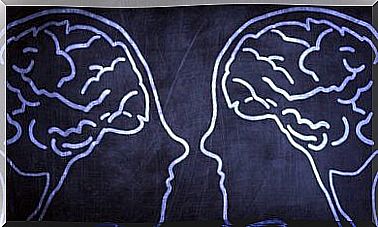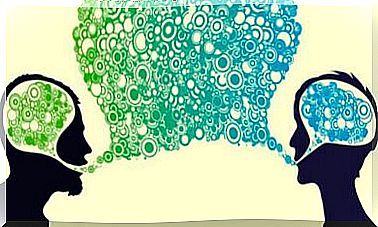Six Benefits Of Equine Therapy

Equine therapy is a relatively new trend. In 460 BC Hippocrates spoke of the benefits of horses in solving health problems. However, it wasn’t until the 1960s when people started using it as a form of rehabilitation.
When riding a horse, the patient starts by stimulating body parts that he had never practiced before. This allows them to improve their balance and mobility and opens up an incredible communicative response in the riders.
The patients do not have to drive in a conventional position. They can sit backwards, stand or stand in various other positions. The rhythm of a horse’s trot is similar to the movements of the pelvis when walking.
That is why equine therapy is perfect for people with limited mobility. Equine therapy is also highly recommended for people with the following conditions:
- autism
- Down’s syndrome
- sclerosis
- cerebral palsy
However, we must keep in mind that this is an alternative therapy that must always be accompanied by medical treatment. If not, then it will be difficult for us to notice any improvement.

Why equine therapy
Animals often create a special bond with people and this is especially true for horses. The non-verbal communication between the person and the horse reinforces the emotional bond that develops. Words are not necessary to harmonize them perfectly. Emotions find room to flow and the relationship between them creates a love and understanding that is often indescribable.

Physical exercise
During equine therapy, the patient trains and uses many different muscles in his body. Balance, strength and mobility are essential. The patient must also always be accompanied by a person who is always attentive.
This therapy promotes joint mobility and also strengthens the abdomen, buttocks, calf muscles and arms. It is also an excellent therapy to strengthen the spine.
Another advantage is that the horse’s body temperature helps the rider relax. All these benefits are sure to make us curious enough to learn a little more about them. It is therefore such a complete and highly recommended sport.
It improves self-confidence
Having therapy with horses helps people with disabilities to feel useful. Don’t judge, mock and criticize animals. They treat people equally, without distinction. They also know how to be thankful for any show of affection and love.
Equine therapy acts as a catalyst for more complex emotions. The love and understanding that an animal can give us is sometimes much richer than what some people can offer us. This is something anyone who has lived with an animal knows.
It increases the range of attention
This therapy improves concentration and attention, something that is really valuable in people with ADHD. The patient focuses on the relationship with the horse, increasing the spatial-temporal domain and promoting preoperative thinking.
Of all patients with ADHD, it is especially good for children. Training and increasing their ability to control and maintain attention is important. This also applies if the effects of the equine therapy are to be applied in their training. On the other hand, on a sensory and cognitive level, it increases reflexes and stability.

It relaxes and de-stresses in equal measure
This form of therapy is a great exercise to free the mind from everyday stress. Many psychologists recommend dealing with anxiety and stress problems. Similarly, it is also used in some cases of anorexia and bulimia.
It also helps people get along with other people who are outside their usual circle. It improves self-control of emotions and teaches patients to appropriately express what they feel.
In contact with nature through horse therapy
The patient does not feel that he or she is in a very formal or artificial place, as he or she may feel in a psychologist’s office.
Taking horse therapy gives them the opportunity to be outside. This natural environment gives the patient the opportunity to broaden his senses. This, in turn, increases his well-being.
The contact with nature is very therapeutic and allows the patient and the animal to interact in the same environment. Today it is practiced by many people all over the world.
It is very widespread, thanks to its countless benefits. However, you should keep in mind that it should always be accompanied by specialized treatments.









